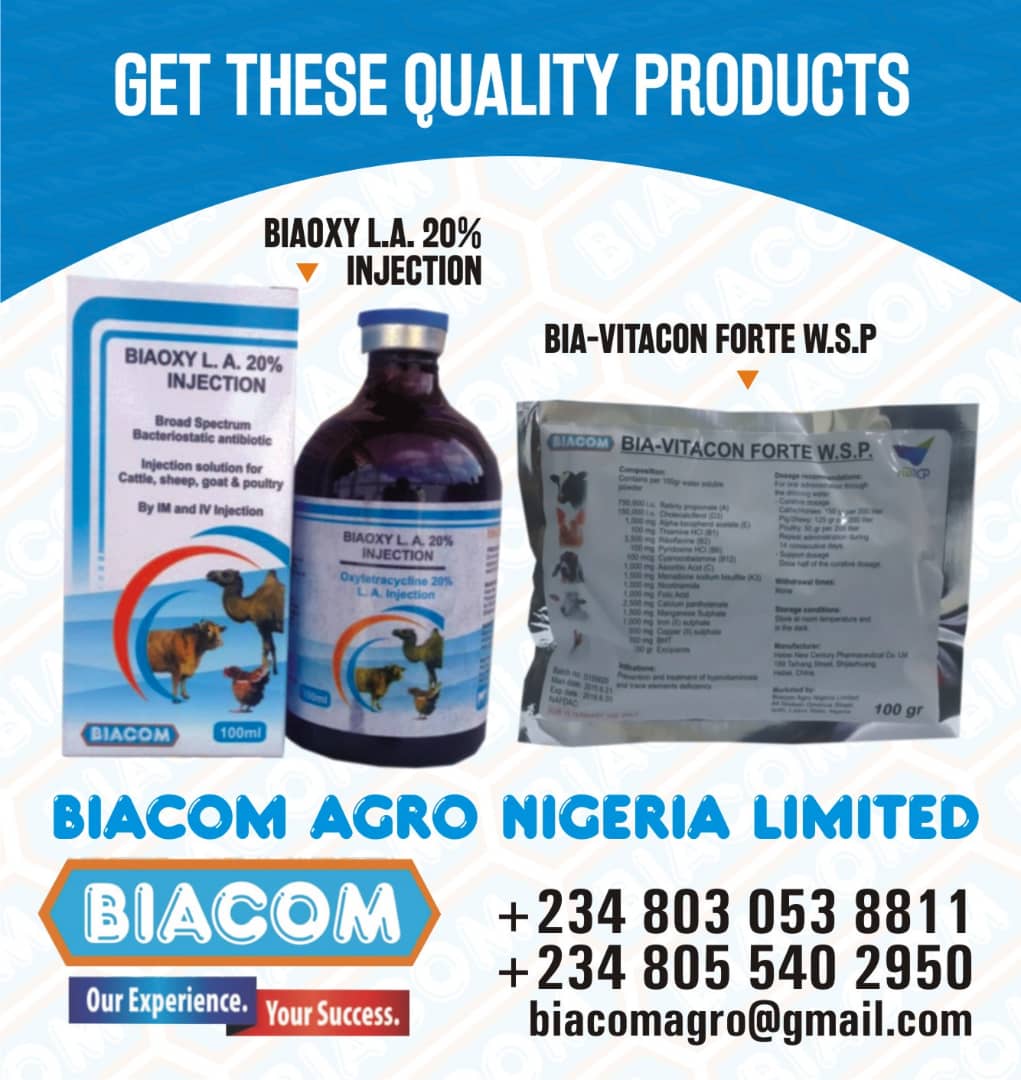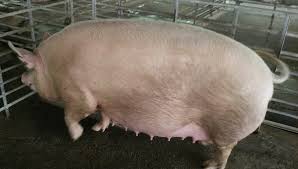🔥E- book offer of the day: 👉👉 Poultry farming business report Volume 5
6 Tips to Help Sows Succeed During Gestation
Sow caretakers often focus on increasing feed intake in lactation. However, gestation feed intake comprises over 50% of sow feed intake. Clean feed delivered in a controlled manner can successfully set a sow up for a strong lactation. In addition, when a sow comes into the farrowing house in ideal body condition, they will have a higher lactation feed intake and reduced issues with body weight loss. The success of lactation is based upon good gestation barn management.
 Learn More
Learn MoreHere are six tips to improve sow gestation in your barn.
1. Calibrate feed boxes.
Feed boxes and feed tubes can get bumped and tilted as sows are moved. In addition, most feeders (electronic feeders or volumetric feeders) need calibration when diet composition change. Producers should test multiple feeders or automated drops by capturing the feed delivered and weighing it at least quarterly. If the system or feed boxes are not the same as the anticipated levels, then feed levels need to be adjusted to ensure sows are receiving the recommended levels.
READ ALSO General principles for dealing with endoparasites in pigs
2. Clean feed boxes.
Over time, the buildup of humidity in a barn can cause feed to stick to the edge of the holding tanks inside the barn. Meal worm and moths can create webs inside the units, creating challenges with feed quality and delivery. Boxes should be washed and dried at least once a year to ensure minimal issues with pests.
Invest in this knowledge-packed ebook promptly. 👉 20 questions to ask your poultry farm manager everyday
3. Consider adjusting feeding levels in winter.
Certain areas of the gestation barn tend to be colder in the winter months. These areas tend to be located near cool cell pads and fans. Be prepared to increase feed to maintain body condition of the sows near these locations. Barns will vary, so be ready to either increase the entire barn in the winter or just a few areas.

4. Keep troughs clean and clear.
Feed buildup can block water flow in the feed trough. In addition, water nipples can get clogged. Periodic testing of water pressure to reduce clogged nipples should be done. In addition, daily walks around the barn should be conducted to remove any feed that may be prohibiting water from flowing down a trough.
Purchase this compelling ebook instantly. 👉👉21 most important poultry diseases with prevention, control & treatment
5. Assess body condition monthly.
Body condition of the sow, whether she is in a pen or in a stall, should be performed monthly. This is important to minimize over feeding and feed costs. In addition, this allows for caretakers to identify sows that may need additional feed to be in ideal body condition at lactation.
ATTENTION: Click “HERE” to join our WhatsApp group and receive More updates directly on your WhatsApp!
6. Bump feed when needed.
While most data suggests that bump feeding is not needed, any thin sows should have their feed allowance increased the last two to three weeks of gestation. There is also data that suggests bump feeding first parity gilts may also have some benefit.
READ ALSO 12 ways to deal scientifically with the problem areas in pig production
Following these six steps can reduce lactation complications and improve your success in the gestation barn.















